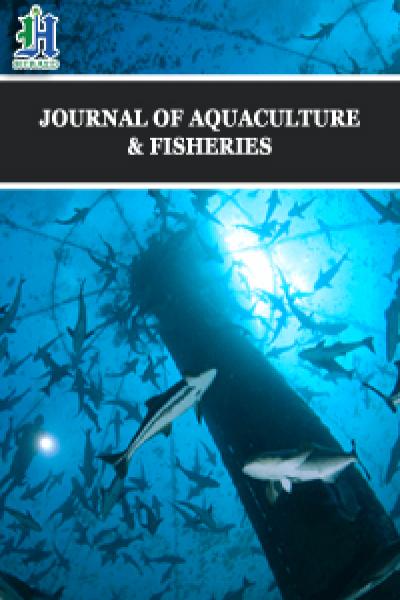
GIS in Fisheries
Geographic Information Systems (GIS) have emerged as a powerful tool in modern fisheries management, offering innovative ways to monitor, analyze, and sustainably manage aquatic resources. In the fisheries sector, GIS enables the integration of spatial and environmental data to map fishing zones, track fish migration patterns, and assess habitat conditions. By overlaying data such as water temperature, depth, and chlorophyll concentration, researchers and policymakers can identify productive fishing grounds and critical habitats that require conservation. GIS also aids in monitoring illegal, unreported, and unregulated (IUU) fishing activities through vessel tracking systems and satellite imagery.
In aquaculture, GIS supports site selection by evaluating parameters like land use, water quality, and accessibility, contributing to environmentally responsible development. Furthermore, it enhances decision-making by providing visual insights into trends and potential impacts of climate change on fisheries. The use of GIS in fisheries not only improves resource management and planning but also fosters sustainable practices that are vital for the long-term health of marine and freshwater ecosystems. As technological advancements continue, the role of GIS is expected to grow, offering even more refined tools for research, management, and policy development in the aquaculture and fisheries sectors.

